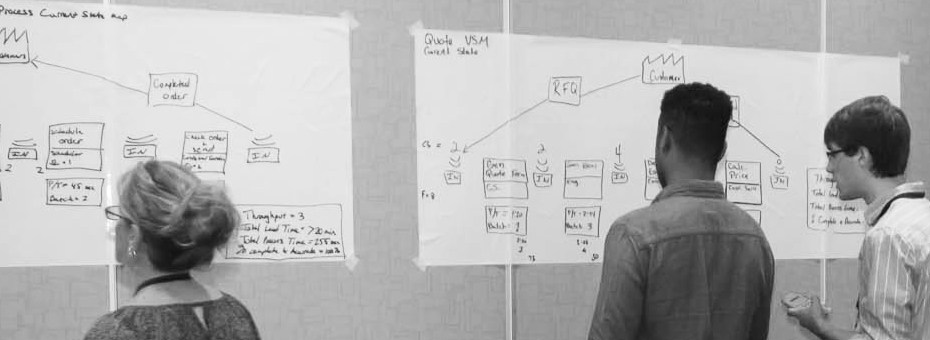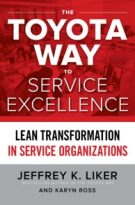Value Stream Mapping in a Product Development Context: Q&A with John Drogosz
- October 27, 2016
- Posted by: admin
- Category: LEAN Leadership, LEAN Trends, Product Development

Question:
I have applied value stream mapping in the manufacturing environment and on a few administrative processes, but I am struggling with applying it in product development. Every time I get started with the current state map, everyone says “it depends” as they say each project is different and there are so many data flows occurring at the same time that it is difficult to keep track. Do you have any tips?
Answer:
I do. Value stream mapping is a proven approach for understanding any process, seeing the wastes within it and helping you to formulate a vision of where you want to take your process in the future. It is potentially even more valuable in Product Development than than in manufacturing since “seeing” waste in the virtual and somewhat complex world of product development and pinpointing its source is challenging. But you’re right, some people do get caught up in the complexity of the process and lose sight of the goal of VSM – which is to find and eliminate waste. So here are some adaptations to the VSM to help you get started and keep your product development teams more focused:
-
Pick a specific product to map: Many people fall into the trap of mapping the “generic” PD process for their product. This leads to a lot of “it depends” and anecdotal comments about pain points. It is better to pick a specific product/project that you have recently completed. This calibrates everyone to be talking about the same value stream and will be able to provide you more consistent data. Yes, all projects are different, but the wastes are systemic so frankly it does not matter which product/project you choose to map. The wastes are waiting to be found!
-
Decide on the level of process you want to map: Unlike manufacturing which has one level of processes, PD has multiple layers of processes:
- PD value stream –e.g. the end-to-end high-level “stage gate” process
- Multi-functional – e.g. component design; engineering release; DV, PV, etc.
- Single-function – e.g. durability test, finite element analysis, etc.
- Process level – e.g. writing a test report
Each level will clearly surface opportunities for improvement. My advice is start with the higher level to understand the overall flow first and then dive deeper where needed to pinpoint the waste. This should help you to avoid getting lost in the details.
- Engage the right people to do the mapping: Like product development, VSM is a team sport. Given the virtual nature of PD today you will not see all the waste by simply walking around the office. The people who are part of the process need be involved so they can surface the wastes/challenges they are facing. Otherwise, those challenges will…

